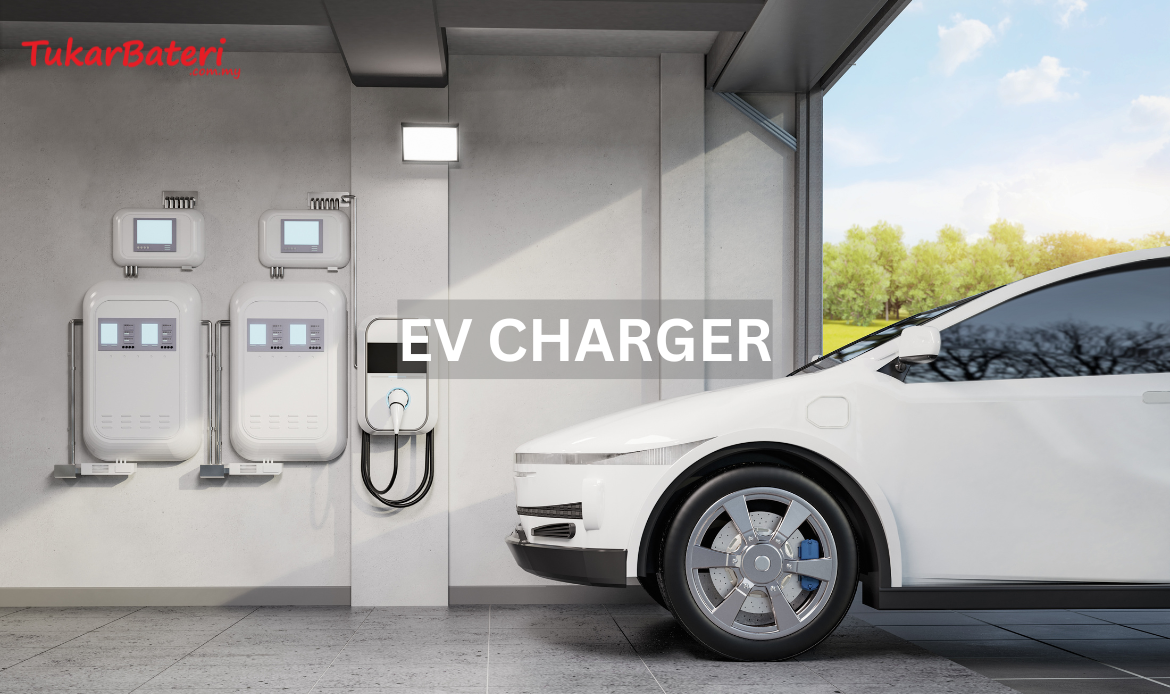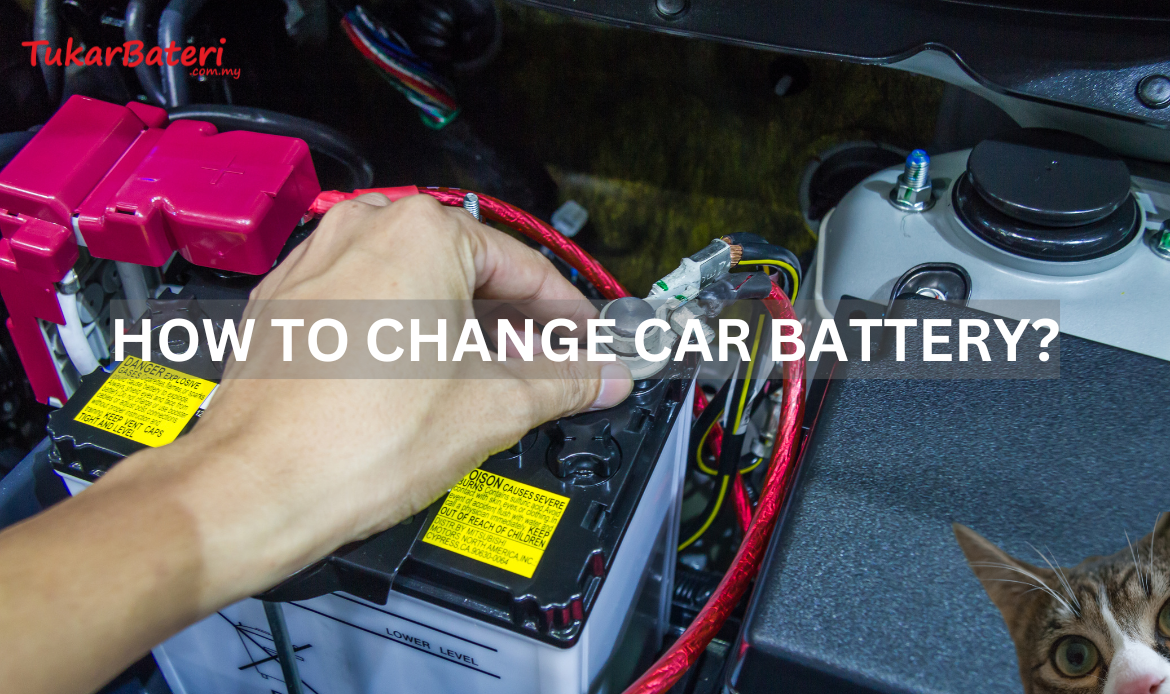Table of Contents Why Timely Renewal Matters When to Renew Your Driving..
Table of Contents Reduced Braking Performance Damage to Brake Rotors Overheating of..
Table of Contents Jumper Cables or Portable Jump Starter Tire Repair Kit..
Table of Contents What Exactly Is a Drive Shaft? Factors That Affect..
Table of Contents Types of Road and Safety Signboards in Malaysia Warning..
Table of Contents What is a tyre puncture? How to know if..
Table of Contents What is actually EV Charger? Types of EV Charger..
Table of Contents Part 1: Removing the Old Battery 1. Park on..
Table of Contents Ways to find car battery size that fits your..







